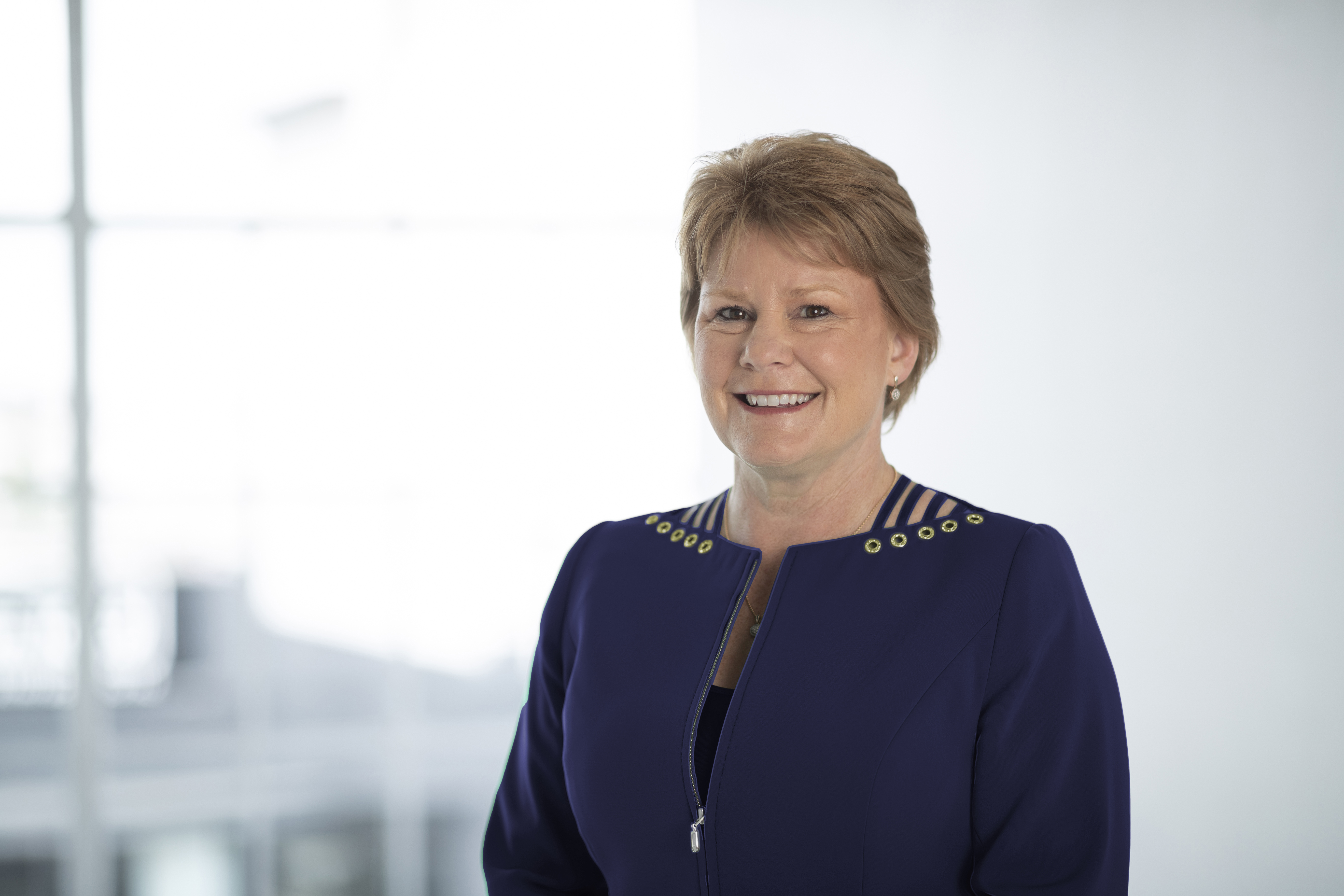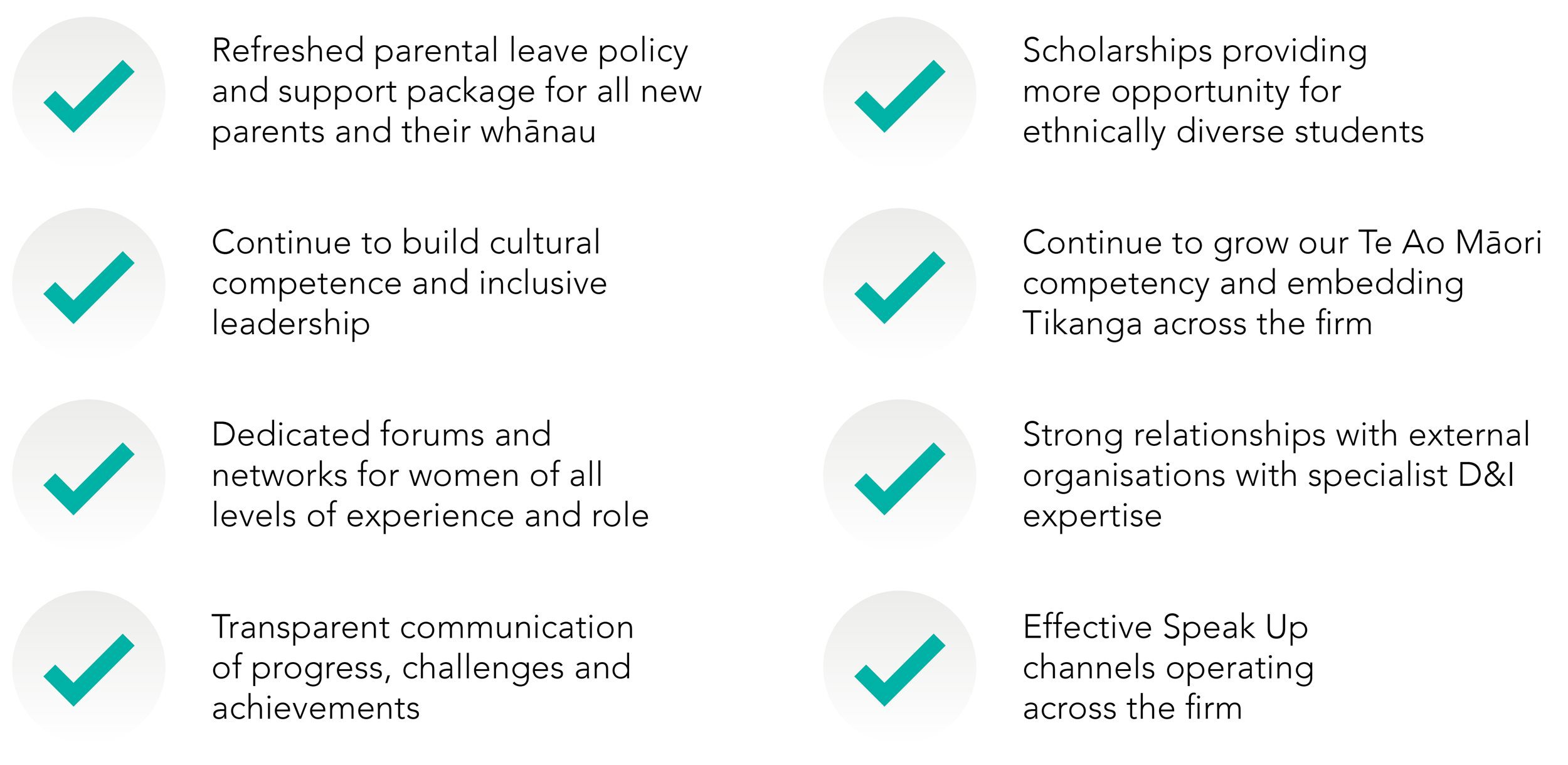The future is bright
We are proud of the work we have done to date and we also recognise that ensuring true diversity and inclusion is a long-term focus requiring ongoing commitment to create meaningful change. Part of this commitment is holding ourselves accountable to these goals, and implementing a work programme across a wide range of areas to support our goals.
Understanding cultural and systemic barriers to attracting, retaining and promoting talented people will be a core focus for our programme of work.
We've seen the power in harnessing the potential and energy of our people to build and maintain an environment where everyone can thrive, and we are committed to continuing this mahi.
"Our commitment involves having a combination of the compelling purpose to foster a diverse and inclusive workplace, having clear goals, and a focus on delivering meaningful and sustainable change. This is important for our people, our clients and the communities we serve."
Jo Avenell - CEO








